Menu
You can manage your membership and billing method by clicking here
Terms of Service
Privacy Policy
Copyright © 2025 Office of Immigration Australia, a private company registered in Australia. All Rights Reserved.

Checking membership status...
 EXCLUSIVE MEMBERS ONLY ACCESS
EXCLUSIVE MEMBERS ONLY ACCESSTo access this month’s edition & Member’s only resources, enter your registered email address.
This bulletin is for members only, and provides our members with month to month updates on Australian immigration policy changes and consequential opportunities. Opportunities are found via federal and state government policy shifts for the demand and supply for certain occupations.
This bulletin will keep you up to date so that you do not have to employ expensive immigration lawyers to provide you with monthly research.
May 2022 has arrived, and along with it international travel rules are now being overhauled! Australia’s biosecurity emergency pandemic measures have ended! Students are returning! All wheels are in motion! However…. Australia is “still probably about 1 million people short,” as stated by Australia’s Immigration Minister, Mr Alex Hawke. As a result, opportunities continue to rise for skilled professionals who are seeking to migrate to Australia.
As of 1st May 2022, the Priority Migration Skilled Occupation List (PMSOL) remains in effect. Visa applications with an occupation on the PMSOL continue to receive priority processing.
In this month’s ‘Federal News’, the federal government’s advisory committee on infrastructure is predicting a $218 billion shortage in the number of skilled personnel needed to complete new projects. Immigration Minister, Mr Alex Hawke asserted that the migration program is vital for addressing the labour shortage in the country as well as for reinvigorating the economy. “Since the borders have opened now we have got 600,000 to 700,000 people who have come back into the country, which is quite a lot of people, but we are still probably about 1 million people short,” Mr Hawke said.
In other federal news, following medical advice, the Biosecurity Emergency Determination relating to COVID-19 for Australia was not renewed when it lapsed on April 17 2022, and as such International travel rules are now changing as Australia continues to overhaul its COVID-19 restrictions.
In this month’s ‘Economic News’, employers in a wide range of industries are grappling with a lack of qualified workers, but the healthcare industry has been particularly hard hit. Additionally, there is a shortage of engineers, technicians, accountants and other professions, and as such, businesses and industry groups are now calling for visa processes to be sped up, including easier visa pathways to permanent residency, as extreme skilled worker shortages are stinging Australian industries.
In this month’s ‘State News’, as Australia continues to reopen from the COVID-19 pandemic, Australian states have begun to lift quarantine and isolation requirements on fully vaccinated international and interstate arrivals.
The State Skilled Migration Programs for the Australian Capital Territory (ACT), New South Wales (NSW), Tasmania and South Australia (SA) remain open to Offshore Applicants! All other state and territory programs still remain closed (to offshore applicants) due to pandemic restrictions. The Australian Government hopes the influx of new visa holders will help alleviate labour shortages around the country.
In this month’s ‘Student News’, state governments are offering many activities and new creative initiatives to welcome international students back, including local food tours hosted by elected officials, employment and mentoring programs as well as wellness outreach programs for mental, physical, and financial health.
All this and much more in the May issue of The Australian Immigration Bulletin! Let’s take a deeper look at what has happened so far and what is planned for the remainder of May 2022 in Australian Immigration, so that you can start planning!
As legislation and travel requirements are constantly changing, we strongly recommend obtaining advice on your individual situation from a Registered Migration Agent.
Please click here to book a consultation with one of our Registered Australian Migration Agents, located in Australia.
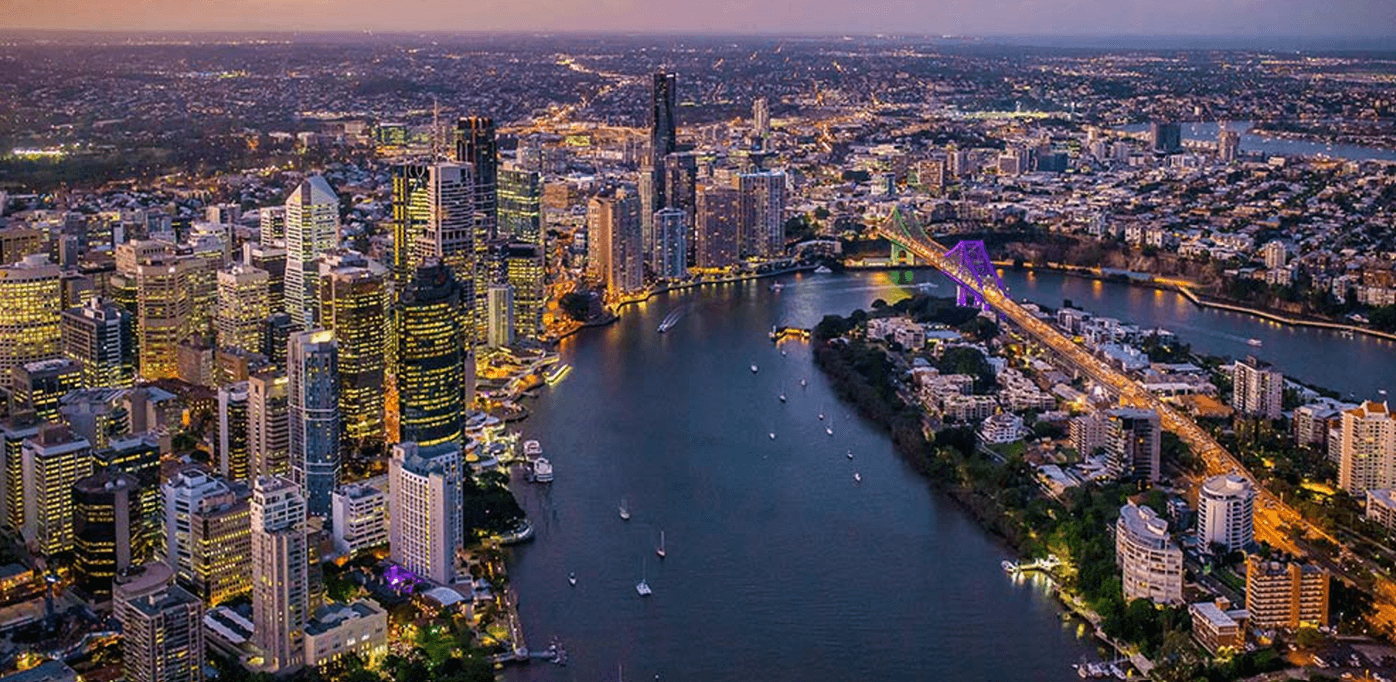
Australia’s 2022-23 Migration Program has been carefully designed to boost the social and economic outcomes that meet Australia’s needs. In fact, the migration programme was first launched in 1945 following the aftermath of World War 2. Given this long history, it is worth understanding how it works. The Australian Immigration Bulletin exists to help explain this in more detail.
As we’ve entered the fifth month of the new year, join us for a look at the latest news and developments in the world of Australian Immigration!
We asked those who have established themselves with skilled jobs to share their experience and tips for a career in Australia.

We spoke with Donna, a skilled migrant working as a Psychologist in Australia for the last 13 years.
So how did you start your career?
I graduated in 2008. Freshly started!
How did you get a job?
I initially worked as a research assistant as I was finishing my thesis. Then I got a job as a school psychologist, I also travelled once a week to Devonport.
What is the job trends in health services?
With the increased focus on mental health at the moment, that could help you get a job at the moment. There may be more organisations adding counsellors to their work place so that may become easier.
How can migrants compete for health jobs?
Find a niche. Look for areas that there’s a lot of need, but not a lot of competition such as a regional position.
Another way is making sure that you’re connected to networks and are going to as many professional development events as possible so that you can meet other people who could be possible employers.
That’s a good way of making sure that you kind of keep your name out there. People like to get to know other people who might come in handy.
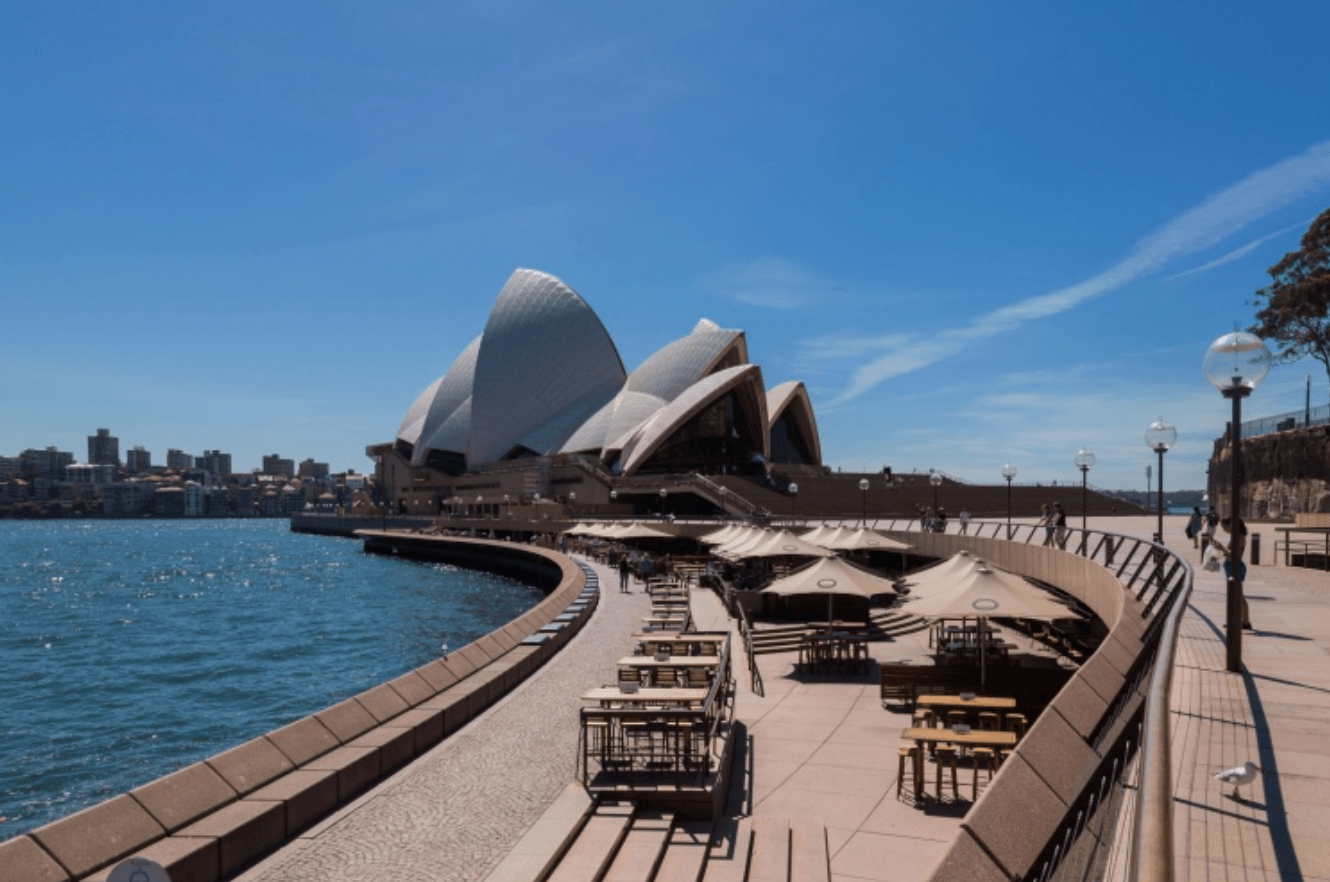
There are a number of skilled vocations that the Australian government believes are vital to the country’s economic recovery, and they’ve put together a Priority Migration Skilled Occupation List (PMSOL).
As the world recovers from the Covid-19 pandemic, many industrialised economies have been hampered by a labour shortage. However, there are a number of skilled vocations that the Australian government believes are vital to the country’s economic recovery, and they’ve put together a Priority Migration Skilled Occupation List (PMSOL).
For visa applications from candidates with a job on the PMSOL list receive prioritised processing.
How many jobs are included?
As the Australian government examines the impact of COVID-19 on the Australian labour market and the ensuing changes in skill demands, the PMSOL is a temporary list. It was announced on June 27, 2021, that three new vocations would be added to the PMSOL – Hospital Pharmacist, Industrial Pharmacist, and Retail Pharmacist by Immigration Minister Alex Hawke. As a result, the PMSOL now lists 44 occupations.
A rise in GDP
Since World War II, immigration has had a significant impact on Australia’s economy and culture. It has benefited the country in ways that cannot be quantified in monetary terms. But on the other hand, the government has discovered that by constantly increasing the population, it is possible to generate an ever-increasing GDP.
Let’s talk numbers
Over the next five years, the federal government’s advisory committee on infrastructure is predicting a $218 billion shortage in the number of personnel needed to complete these projects. In addition, infrastructure Australia has published a report examining public infrastructure project delivery capabilities in the industry. Over the next three years, the sector’s yearly expenditure is predicted to rise from $26 billion to $52 billion.
Workers in the structural and civil trades and 19,000 project managers are among those predicted to be in short supply during the peak of the labour deficit. As a result of pandemic constraints on the workforce, a paper advises that government and businesses collaborate to increase the sector’s capacity.
It takes time to grow
Employers in a wide range of industries are grappling with a lack of qualified workers, but the healthcare industry has been particularly hard striking. Additionally, there is a shortage of engineers, tradespeople, technicians, accountants and other professions.
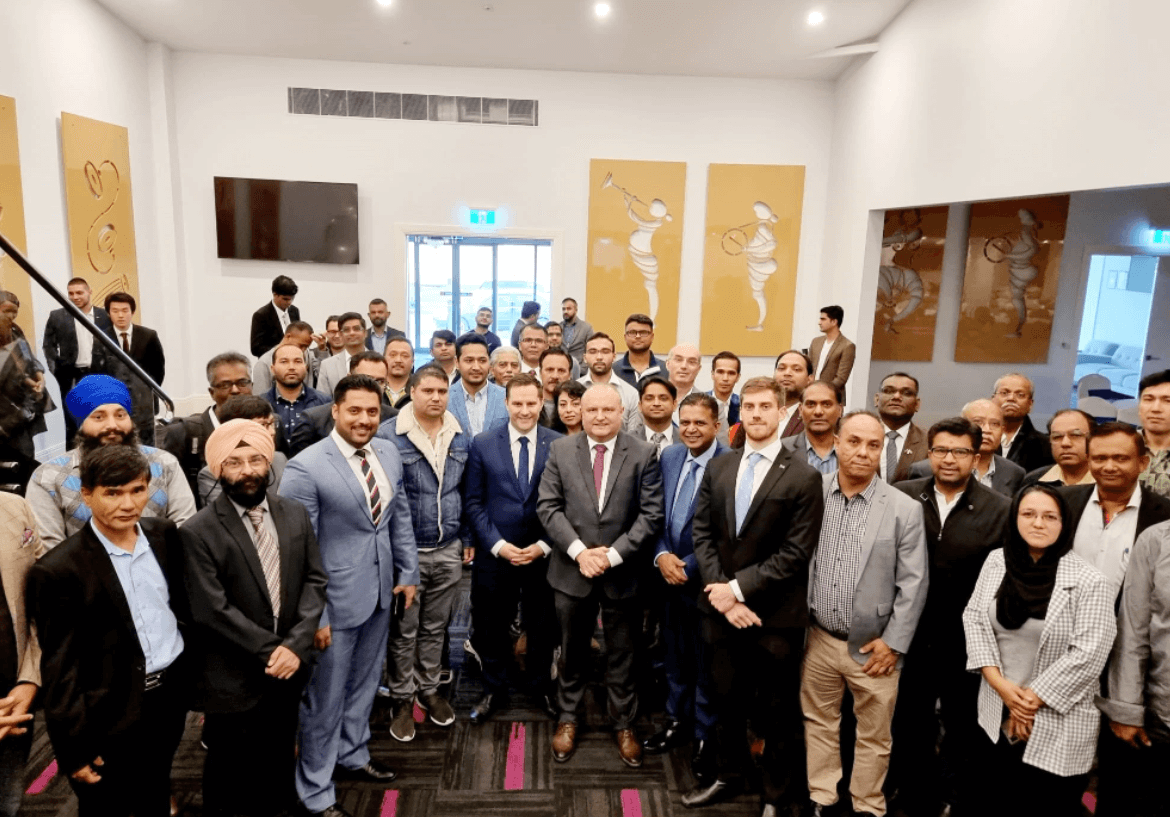
Australian Immigration Minister Alex Hawke and Assistant Minister for Customs, Community Safety and Multicultural Affairs Jason Wood met with a multicultural community group in Melbourne to discuss issues related to immigration, visas and social integration.
Giving an update on the visa-related issues, Mr Hawke asserted that the migration program is vital for addressing the labour shortage in the country as well as for reinvigorating the economy.
“Since the borders have opened now we have got 600,000 to 700,000 people who have come back into the country, which is quite a lot of people, but we are still probably about 1 million people short,” Mr Hawke said.
Highlights:
The federal government last month announced that in this year’s budget, the migration program will focus on skilled migration by increasing it dramatically.
“It is worth reminding that we had some significant wins in relation to the migration program. Firstly, we have doubled the skilled visas that are available but also regional visas,” Mr Hawk said.
He said that due to the COVID-19 pandemic and border restrictions over the last two years, the country had missed out on welcoming foreign students, backpackers and skilled migrants. However, this was slowly changing after the border restrictions were lifted this year.
“It’s pleasing to see the increase [in new visa holders] week on week. But it still will be a year of recovery to get back to a pre-pandemic level of intake and that does not catch up on two years we have missed, which is why every single business owner here and everybody here says ‘I can’t find labour’,” Mr Hawke explained.
“It [migration] is slower than usual but what we have done is made student visas free so we rebate fees when they arrive, and for working holidaymakers as well. We have sort of incentivised people to come here,” Mr Hawke added.
Addressing the community, Mr Wood highlighted the role of multicultural communities in Australia.
He indicated that the government was keen to promote multicultural events.
“Currently, the government is working on finer details on what grants would be made available for multicultural organisations to apply for their cultural events and festivals,” Mr Wood said.
“Can I make a big point that if a group or organisation applies for these grants, they should follow the criteria. So many times people don’t follow the criteria and have the letters of support too,” Mr Wood said.
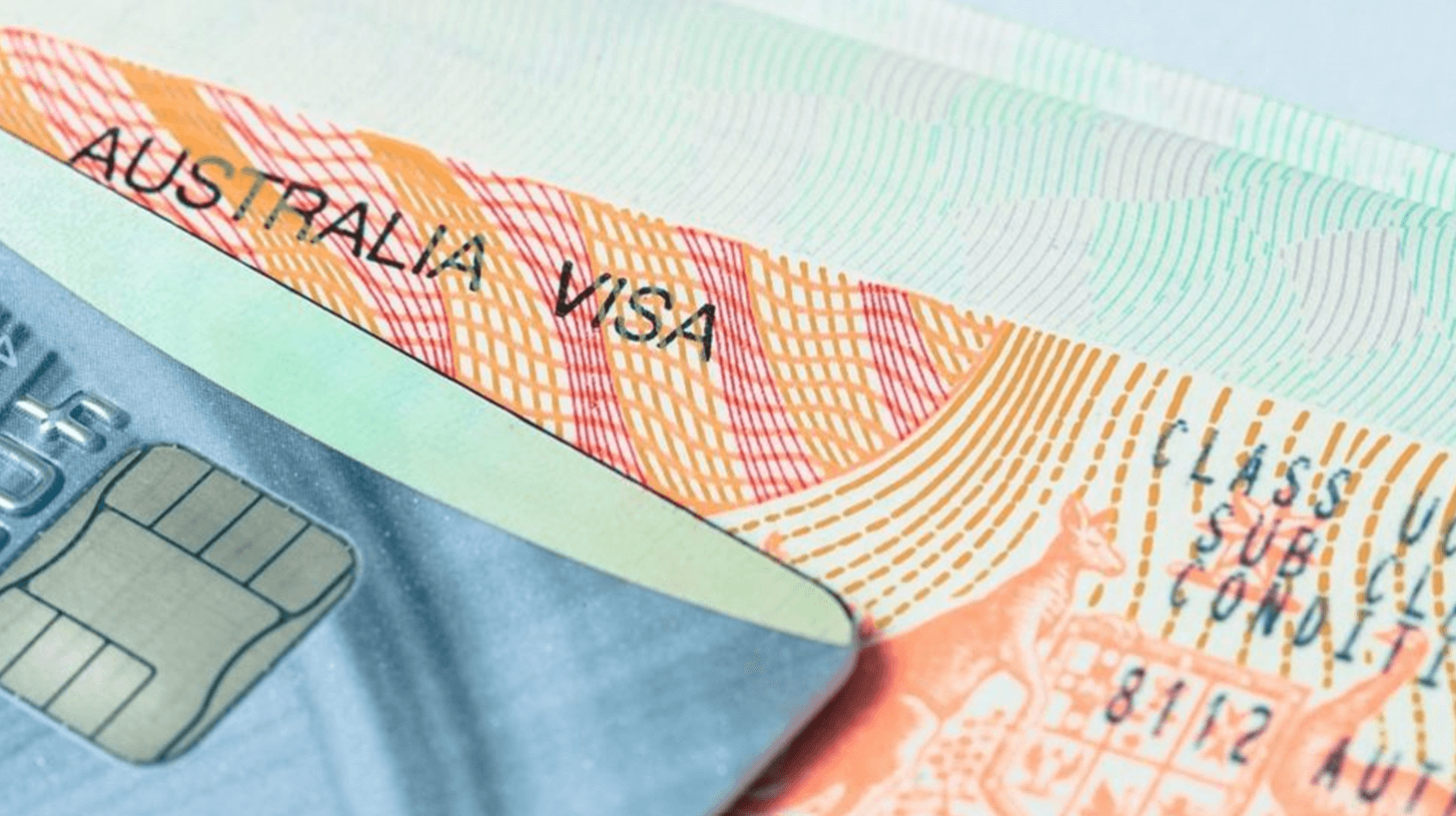
International travel rules are now changing as Australia continues to overhaul its COVID-19 restrictions.
Australia is set to no longer require travellers to return a negative COVID-19 test before boarding a flight Down Under.
The axing of the travel rule comes as Australia continues to wind back its COVID-19 restrictions.
“From 18 April 2022 travellers to Australia will no longer be required to undertake a COVID-19 pre-departure test before boarding their flight,” the Department of Health said.
“Travellers are reminded that it is your responsibility to ensure you meet the requirements of the airline you are travelling with and any countries you transit through.”
The move away from pre-flight testing was first announced by the federal government late last month.
Health Minister Greg Hunt had revealed the biosecurity emergency determination relating to coronavirus was not going to be extended for the first time in more than two years.
The emergency determination lapses at 11:59pm on Sunday 17th April. It first came into effect in March 2020 as Australia shut its borders in response to the COVID-19 pandemic.
Travellers into and out of Australia will still need to show proof they have received two doses of an approved COVID-19 vaccine and masks will also remain mandatory on international flights.
The ban on international cruise ships will end at the same time, paving the way for Australians to sail overseas for the first time since early 2020.
Cruise passengers will need to be double vaccinated, with COVID-19 safety plans necessary on board to reduce the risk of transmission.
Australia began repealing its border restrictions in November last year, when citizens no longer needed an exemption to leave the country.
Fully vaccinated tourists were then welcomed back Down Under from mid-February 2022.
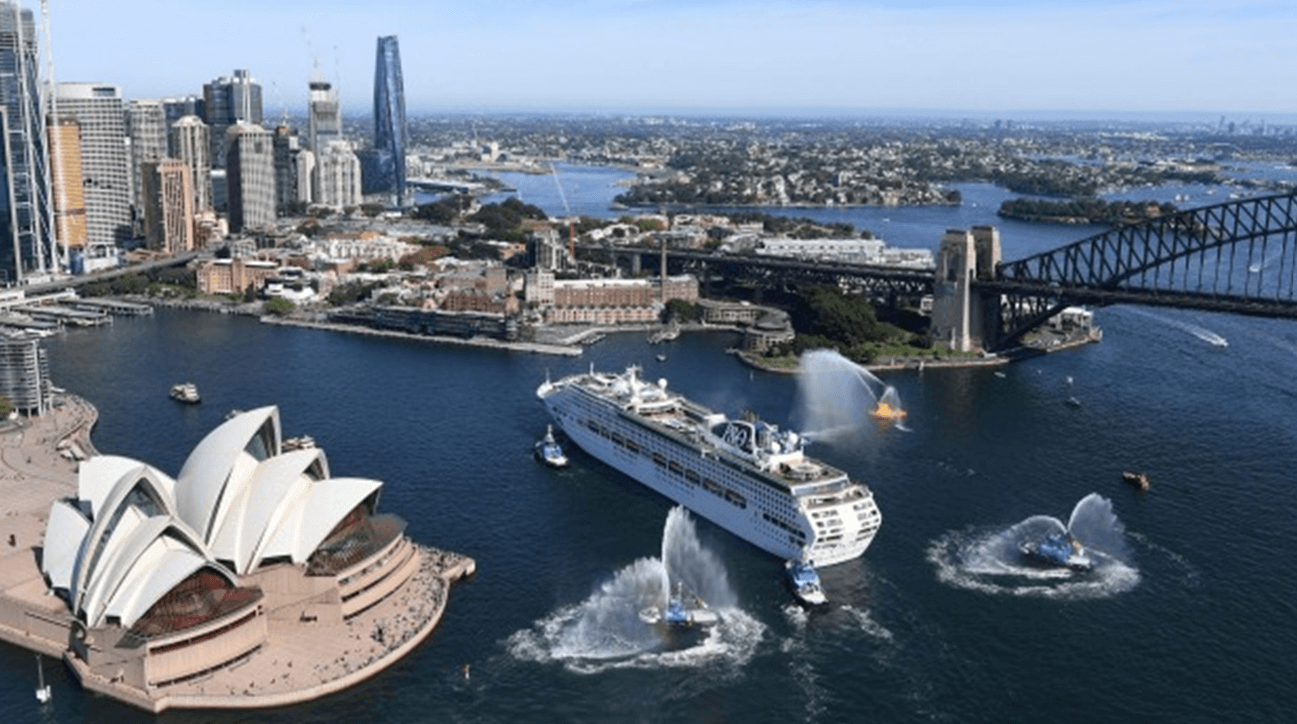
The first international cruise ship arrived in Sydney on Monday 18th April, one day after the Australian government’s ban on cruising lifted.
P&O’s Pacific Explorer entered Sydney Harbour at 9.30am, arriving at the Overseas Passenger Terminal at Circular Quay about 10.30am.
The cruise liner’s arrival was met with a maritime hero’s welcome, with three water cannon tugs escorting the ship through the harbour and sending up huge ribbons of waters to salute Pacific Explorer’s arrival. There were 250 crew on board but no passengers.
Another 600 crew will join the ship before its first passenger cruise on May 31, a four-night round trip from Sydney to Brisbane.
It will be followed by Ponant’s Le Laperouse at the end of the month, with operations recommencing on April 28 for a Darwin to Broome sailing in time for the crucial Kimberley season.
President of Carnival Australia and P&O Cruises Marguerite Fitzgerald described the sight of the Pacific Explorer sailing into the harbour as “an emotional moment for our employees, many thousands of guests and our numerous cruise suppliers, travel agents and entertainers.”
“There could be no better way to welcome Pacific Explorer home than to have the harbour’s tugs out in force to greet her. It doesn’t get more Sydney than that,” said Fitzgerald.
“It was my singular mission to make sure that we were the first cruise line back,” she said. “We are the Australian cruise line, we’re also the only cruise line that has Australian operations and so that means that it’s important for us to be the first back, because we are able to work through the various protocols locally to make sure the ships are ready to come back in six weeks when we take our first guests on board.”
NSW Tourism Minister Stuart Ayres said the cruise industry is a significant contributor to the NSW economy, an important part of the nation’s tourism industry and a major employer.
“Not only is this announcement important to industry and their passengers, cruising supports our tourism operators, hospitality industry and all those local suppliers who help with the enormous task of re-supplying ships,” he said.
Sydney couple Dannielle Morgan and Joshua Hendriks were among the welcome brigade for the ship. They won a contest prior to the pandemic including a free cruise on the Pacific Explorer, but the pair also have a personal connection to the ship.
“We got engaged on the Explorer in February 2019, so I would probably say that’s our happy place,” said Morgan. “We are currently going to go on the first cruise out of Sydney, and that will be just after we’re married, so we’ll be on our honeymoon, and no doubt we’ll definitely book more cruises in the near future.
“I’m excited, like we haven’t had a holiday since our last cruise in 2019 so it’s basically that extra holiday we didn’t actually think we were actually going to get so soon.”
The ban on international cruise vessels from entering Australia began in March 2020, in the wake of a major COVID-19 outbreak on board the Ruby Princess, where authorities allowed thousands of passengers to disembark before going through COVID-19 checks.
Joel Katz, Cruise Lines International Association (CLIA) managing director Australasia, said extensive new health protocols would allow a staggered restart of cruising.
“More than a million Australians took an ocean cruise every year before the pandemic and we now have an opportunity to return to sailing and revive an industry that was worth more than $5 billion annually to the Australian economy,” said Katz.
“The end of the cruise suspension is huge landmark and will be celebrated by many thousands of Australians whose livelihoods depend on cruising.”
Among the new protocols to mitigate the risk of COVID-19 is ensuring all guests over the age of 12 are fully vaccinated, requiring passengers and crew to produce a negative COVID-19 test prior to boarding, and implementing special COVID-19 protocols for on-shore excursions, with particular consideration of the needs of regional communities.
Cruise operators will also provide a range of enhanced on board health measures to reduce the risk of transmission of the virus, including new, enhanced cleaning protocols and social distancing.
The demand for cruising in the wake of the ban lift is high, according to cruise suppliers, who have been busy rehiring leading up to the restart.
Dan Russell, general manager of travel agency Clean Cruising, said bookings have surged dramatically since the government announced an end to the ban.
“I can confirm we have been steadily busy every day since the cruise resumption was announced and we are actively seeking up to five cruise consultants and a consultant support role to keep up with the current demand,” said Mr Russell.
“It is the best thing to be creating jobs again. For the first time in two years, we can forecast income that we know won’t be cancelled, which lets us finally do some proper business planning.”
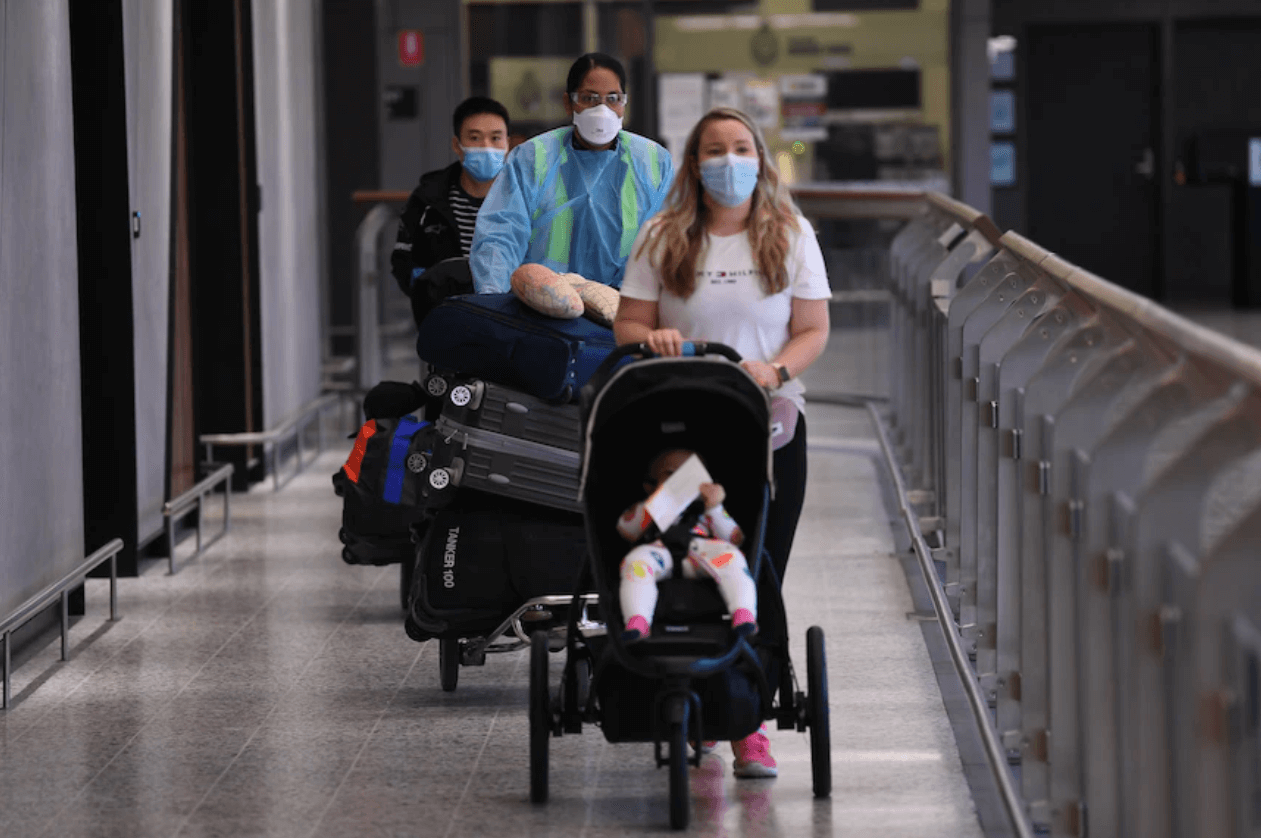
The Morrison Government has taken strong action over the course of the pandemic to protect Australians. Shutting the international borders early was a tough but decisive action, which enabled Australia to manage the pandemic and minimise the loss of life.
We thank Australians for their resilience, their cooperation, and their understanding in following the medical advice which has kept us safe.
The past two years have been challenging, but we have shown the best of Australia – people caring for each other, working from home, home schooling, and importantly being vaccinated.
The COVID-19 and Influenza Winter Plan will ensure our health system is prepared, and despite an increase in the past week of cases due to the Omicron variant, hospital admissions and ICU cases have not had the same increase. This is a promising sign.
Through the pandemic, the Biosecurity Act has been used for:
The emergency period was a crucial early decision in Australia’s pandemic response. It has saved tens of thousands of lives as Australia avoided some of the worst outcomes from the early spread of the virus and now has one of the highest vaccination rates in the world. Following medical advice, the Biosecurity Emergency Determination relating to COVID-19 for Australia was not renewed when it lapsed on April 17th 2022.
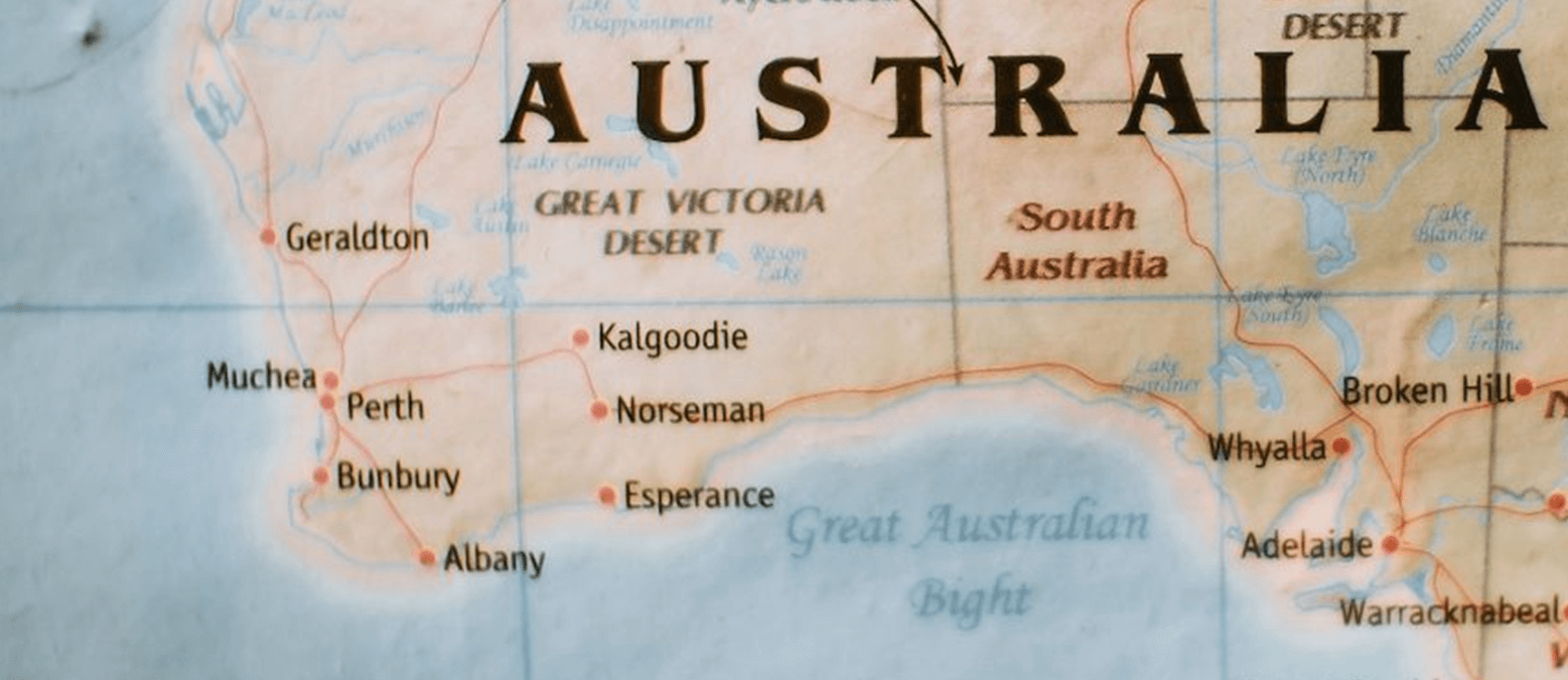
As Australia continues to reopen from the COVID-19 pandemic, Australian states have begun to lift quarantine and isolation requirements on fully vaccinated international and interstate arrivals. Previously, travellers entering any given Australian state from abroad or from another Australian state were subject to local quarantine and isolation requirements. However, at present, no Australian state is imposing such requirements on fully vaccinated travellers, with the exception of Western Australia. The lifting of quarantine and isolation requirements is a significant step in Australia’s recovery from the disruptions of the COVID-19 pandemic, helping to facilitate both international and interstate travel within the country.
Easing of Interstate Border Restrictions
Over the past few months, the Australian government has begun to lift restrictions on international travel into the country. For example, as of February 21, all fully vaccinated visa holders – including visitors – are allowed to enter Australia without first receiving a travel exemption. Even as restrictions on international travel were lifted, however, authorities cautioned that travellers could still be subject to local quarantine and isolation regulations. Those regulations have now broadly been lifted.
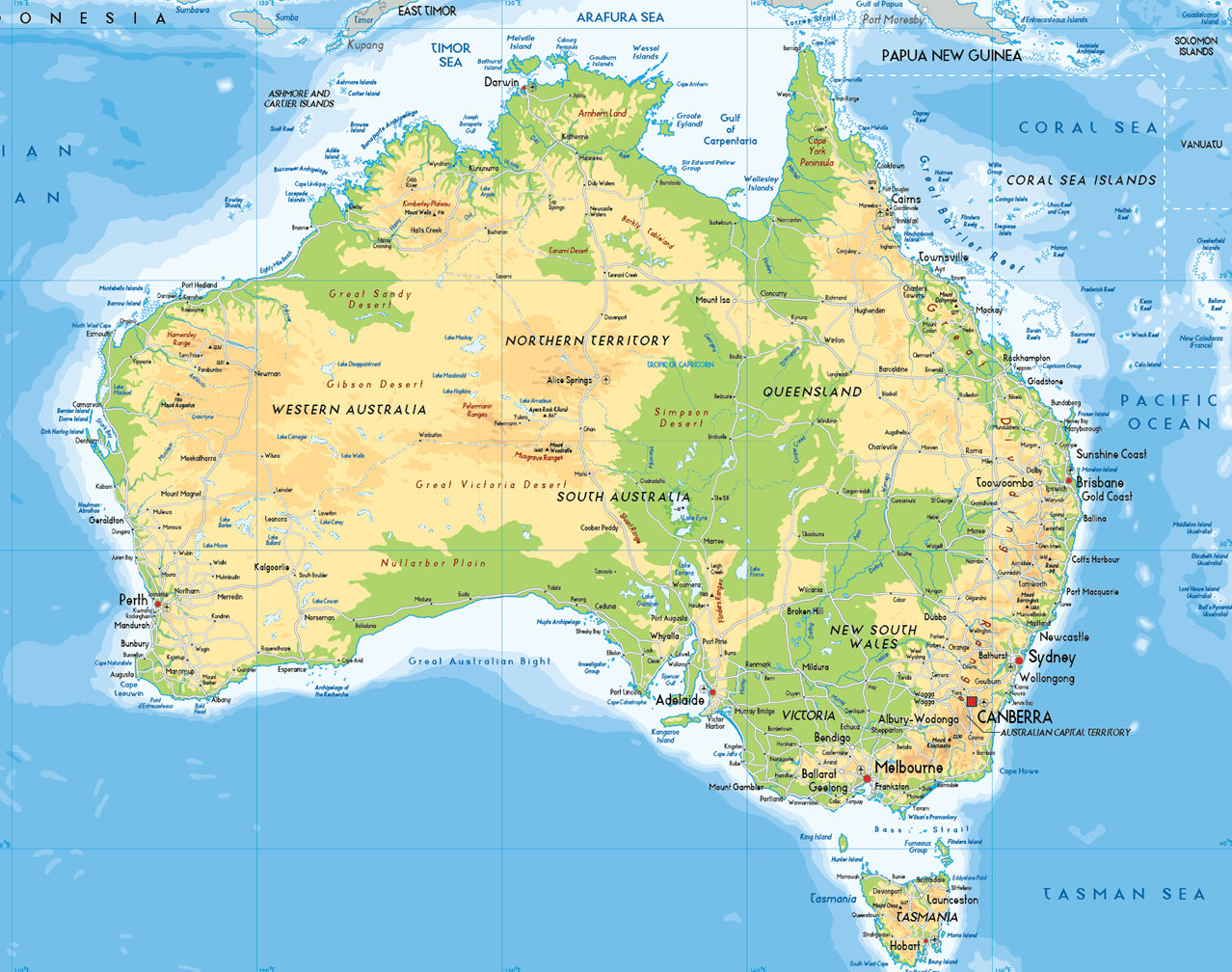
In view of the global pandemic, the Australian government during 2020 and 2021 imposed some temporary travel restrictions. Now various states of Australia have started issuing invitations and nominating the candidates for skilled migration.
Australia has a point-based system for skilled migration. The Australian State and Territory government programs have two ‘point-tested categories’, being;
The ‘Skilled Nominated- Subclass 190’ is a points-tested permanent category for skilled workers who are nominated by an Australian State or Territory government. The ‘Skilled Nominated- Subclass 190’ enables skilled workers and their families to live, work and/or study in Australia indefinitely with full work rights. You would generally be expected to reside for 2 years in the State or Territory which nominated you.
The ‘Skilled Work Regional (Provisional)- Subclass 491’ is a points-tested temporary category for skilled workers who are nominated by an Australian State or Territory government. The ‘Skilled Work Regional (Provisional)- subclass 491’ enables skilled workers and their families to live, work and/or study in regional areas of Australia for up to five years. This nomination then provides pathways to permanent residency after three years. For migration purposes, most locations of Australia outside of major cities (Sydney, Melbourne, Brisbane, Perth, etc.) are classed as regional areas.
Key requirements for an Australian State or Territory Government immigration nomination:
To apply for either of these nominations, ‘Skilled Nominated- Subclass 190’ or
‘Skilled Work Regional (Provisional)- Subclass 491’, you will still need to lodge an Expression of Interest (EOI).
When deciding whether to nominate an applicant, state or territory nominating agencies refer to their own criteria, which vary from state to state. As a starting point, all applicants must show they have an occupation on the relevant state or territory occupation list, and that they have a genuine intention to reside in that state or territory.
State and territory agencies offer a number of different ‘streams’ and generally cater to offshore skilled applicants, onshore skilled applicants, and recent tertiary graduates. Some states also provide options for small business owners, or applicants with family living in the state or territory.
Please note, the below is information on general requirements and does not take into account any of your personal circumstances. You must check the State/Territory information carefully to ensure you can meet all the requirements for nomination.
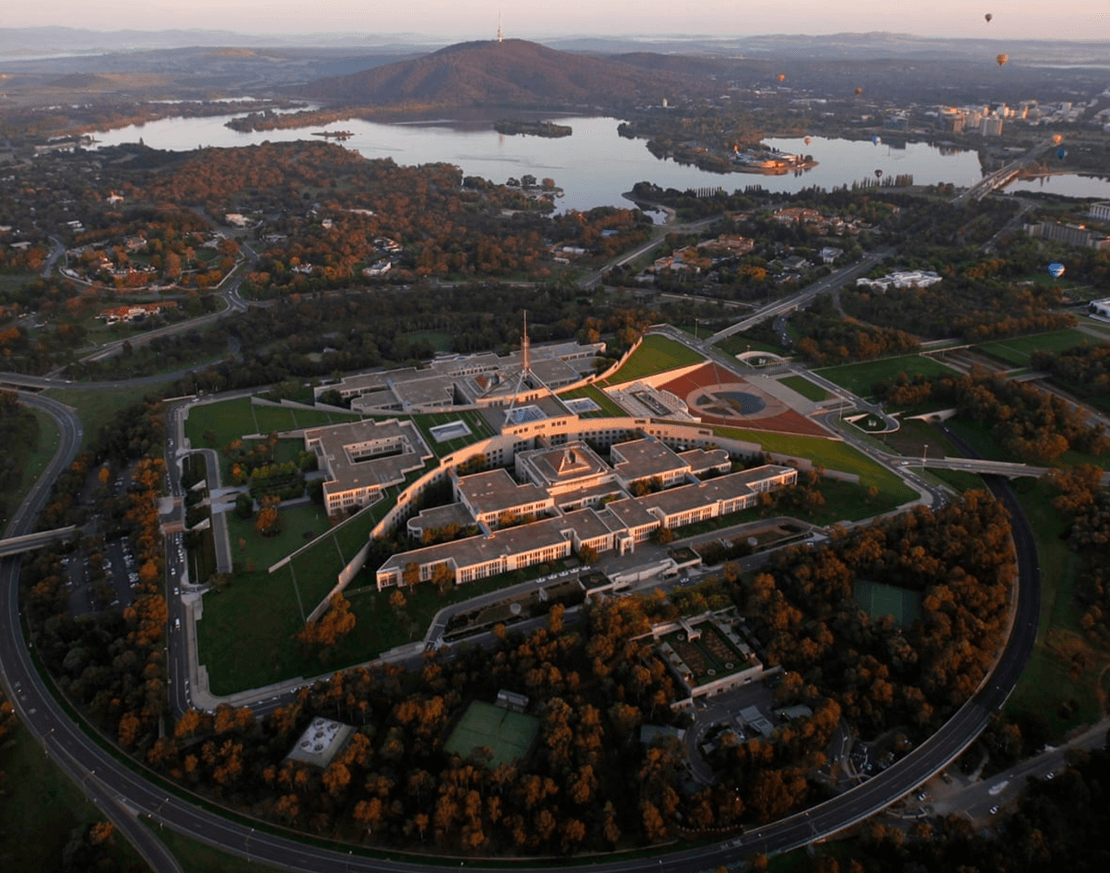
The ACT Critical Skills List identifies the occupations in current demand in the ACT. This List is important if you want to apply for ACT nomination for either a:
The ACT Government will update this list every four months to make sure that the ACT Skilled Migration Program adapts and responds to the evolving critical skills needs of the ACT economy.
The Canberra Matrix is weighted to ensure that applicants who will make a positive economic contribution to the Territory and/or have demonstrated a genuine commitment to the ACT are more likely to be ranked and invited to apply for ACT nomination.
*ACT nomination does not guarantee a migration outcome. You must still meet the Department of Home Affairs criteria.
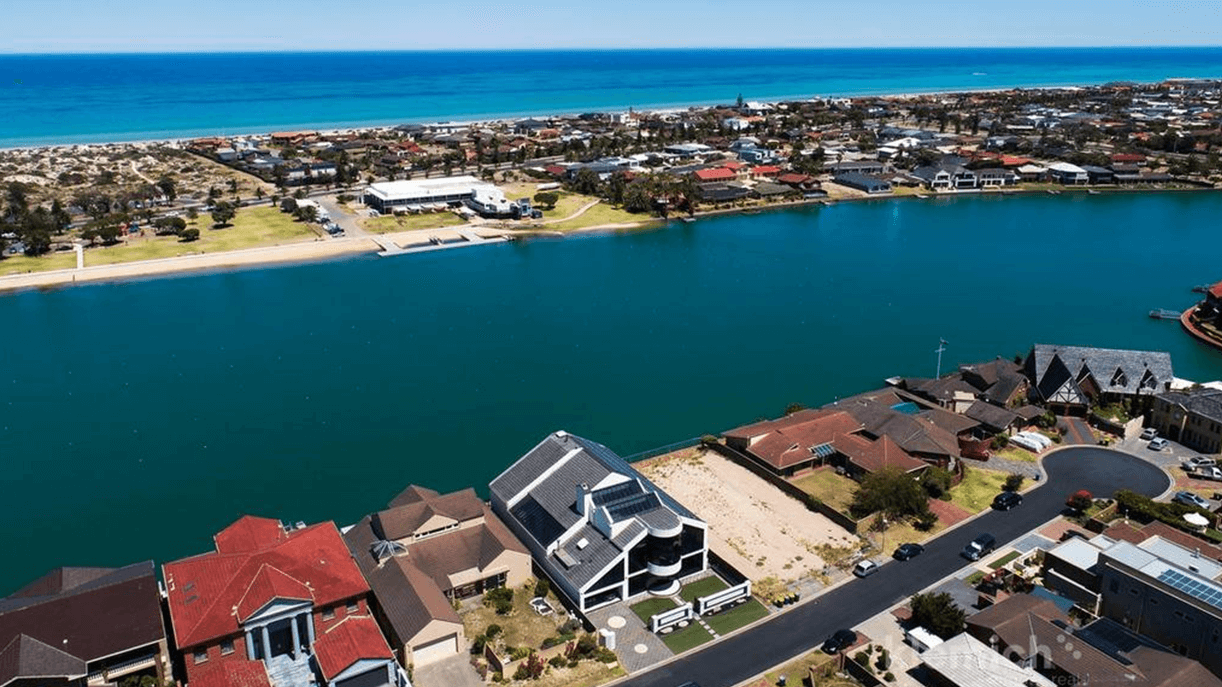
To manage South Australia’s COVID recovery response, applicants currently residing offshore are still able to apply.
Depending on your occupation and situation, there are two state nomination options available for skilled migrants through South Australia.
For South Australian state nomination, prospective applicants must meet the Department of Home Affairs requirements, state-specific occupation requirements and have skills in an occupation that is available on the South Australian Skilled Occupation List. Offshore applicants meeting the minimum published requirements can now lodge a Registration of Interest (ROI).

Changes to nomination requirements:
Only minimal changes have been made to nomination requirements for the Tasmanian 2021-22 program year. A summary of this information is below:
The two state nomination options available for skilled migrants through Tasmania are:
The Tasmanian State Nomination Skilled Migration Program supports Tasmanian businesses and increases the state’s working age population. It does this by attracting and retaining migrants with skills genuinely in need by employers, or with the capacity to settle in Tasmania through skilled employment in the long-term, and business activities that will increase employment opportunities.
Due to the effects of Covid-19, Migration Tasmania’s current nomination priorities continue to be:
Tasmania’s skilled migration program is for people wanting to move to the state who have skills that Tasmania need. Skilled migrants are attracted to Tasmania because of the state’s enviable lifestyle, career opportunities, affordable housing, reputable schools and a globally recognised university.
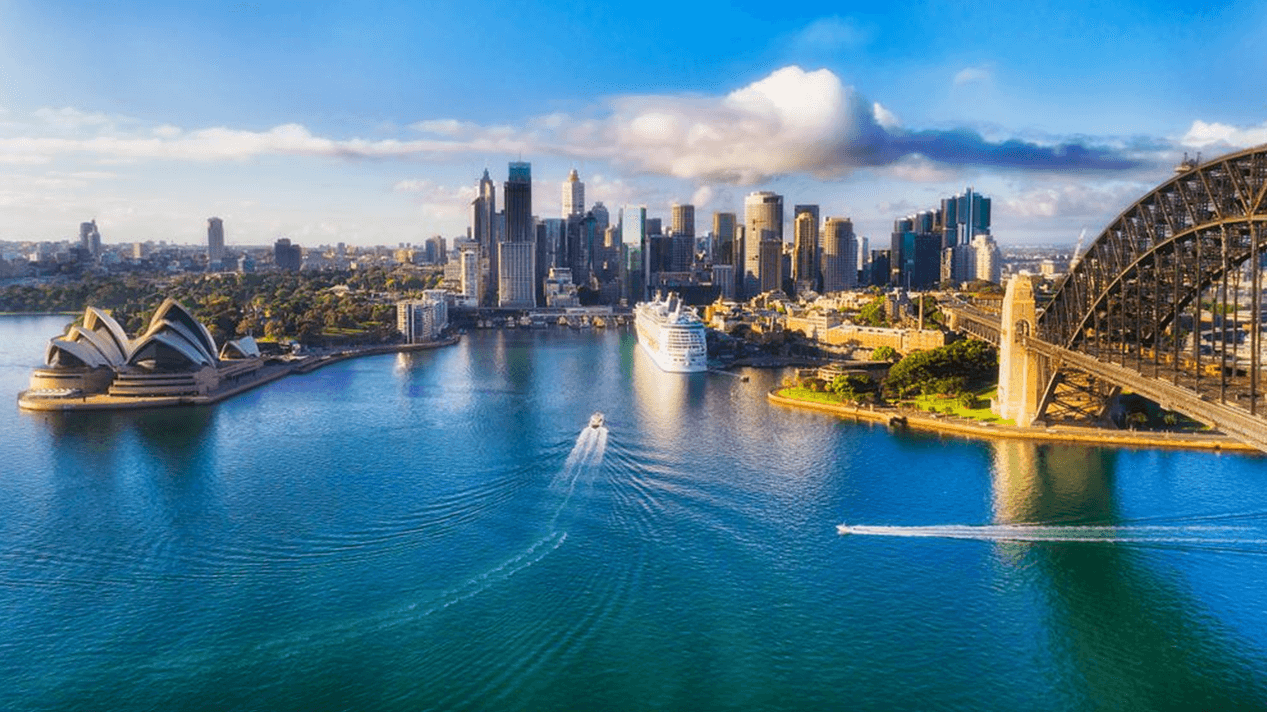
The New South Wales government has invited applications from offshore migrants under the following nomination streams:
The NSW State Government announced that offshore applicants skilled in certain ANZSCO unit groups are still eligible for NSW nomination.
Offshore candidates criteria:
If you are residing offshore, you must:
*Please note: Invitation rounds occur throughout the financial year.
Some of these identified ANZSCO unit groups include: engineering managers, health and welfare service managers, production managers, primary and secondary school teachers, pharmacists, dental practitioners, midwives, registered nurses, social workers, chefs, cooks, and other professions on the Priority Migration Skilled Occupation List (PMSOL).
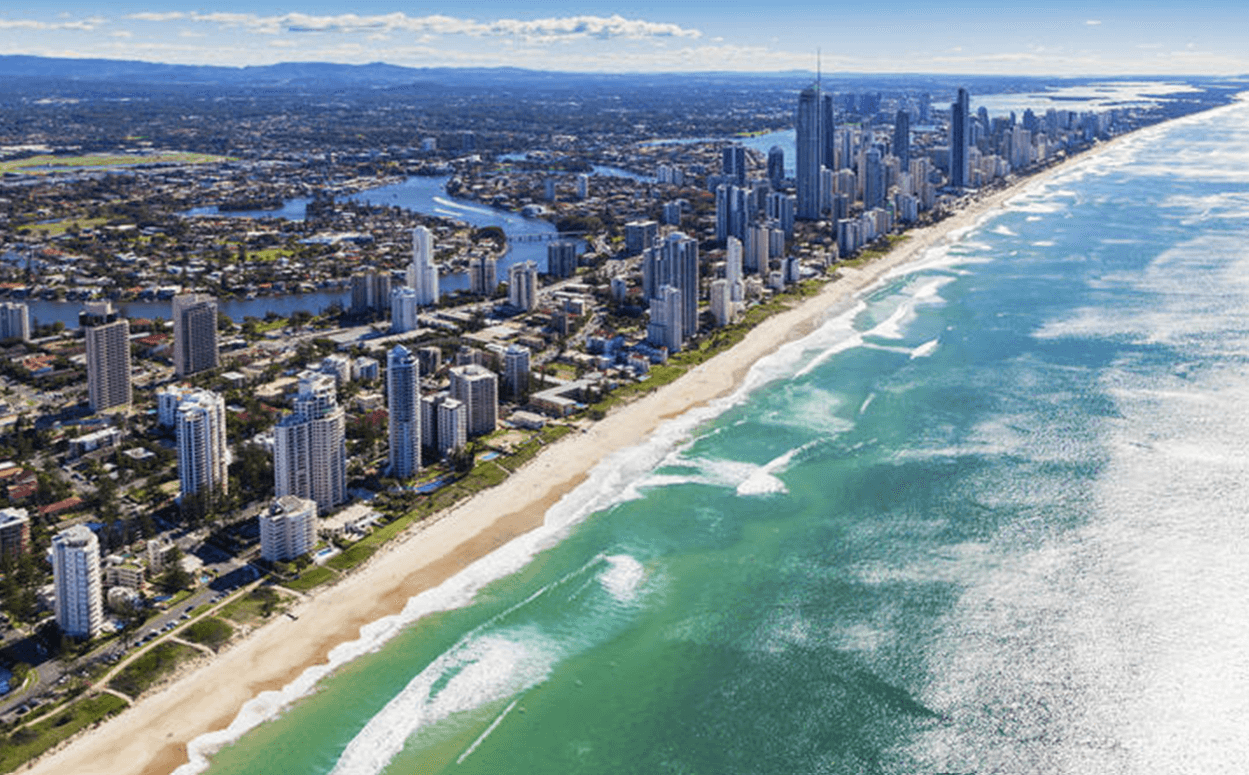
Program Status Update
The Queensland Skilled Migration Program is currently open but due to current Covid-19 restrictions this is still currently available to onshore applicants only. A review will be made at a later date to open the program for skilled workers living offshore.
For the Skilled Migration Program, Migration Queensland will currently only accept “decision-ready” applications (onshore applicants only).
The Australian Migration Bulletin will continue to update you regarding the Queensland State nomination migration program for offshore applications over the next monthly bulletins.
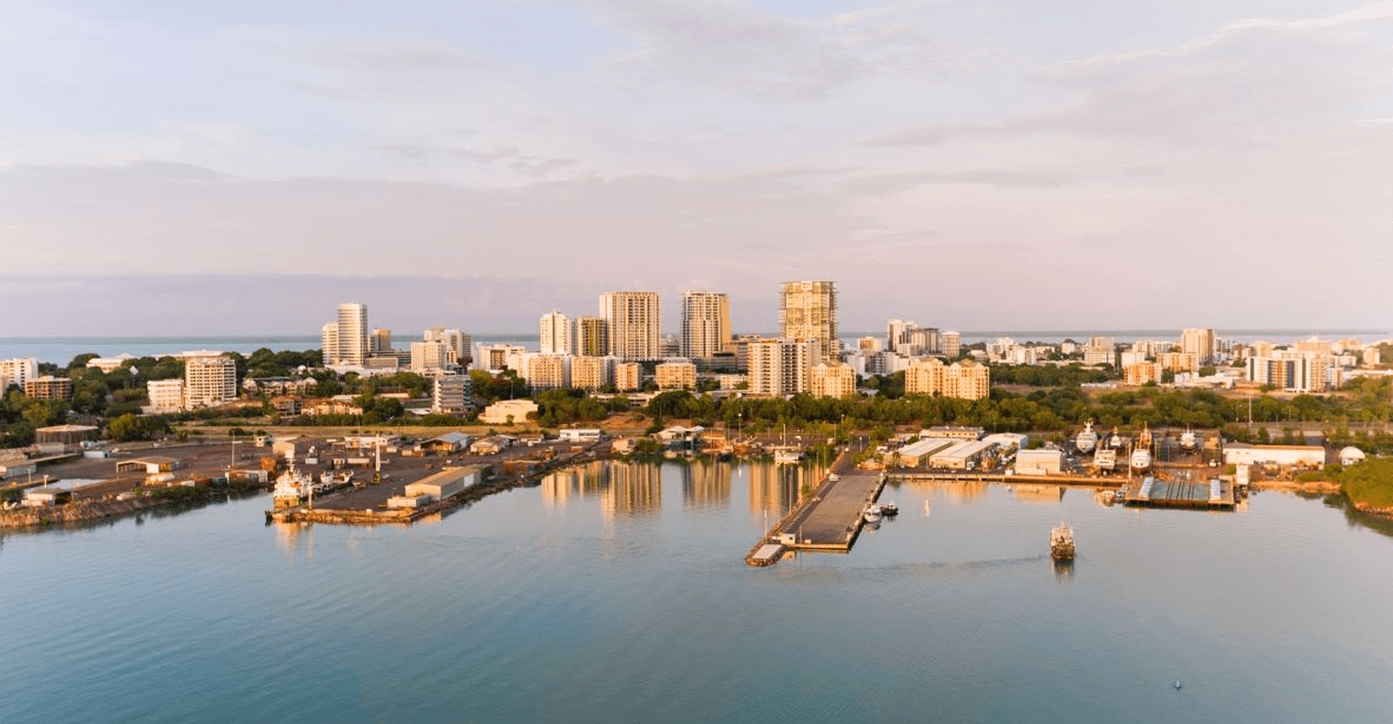
Program Status Update
The 2021-22 migration program is well underway and the Northern Territory remains open for new onshore nomination applications. Offshore applications remain currently closed due to Covid-19 restrictions.
The Australian Migration Bulletin will continue to update you regarding the Northern Territory nomination migration program for offshore applications over the next monthly bulletins.
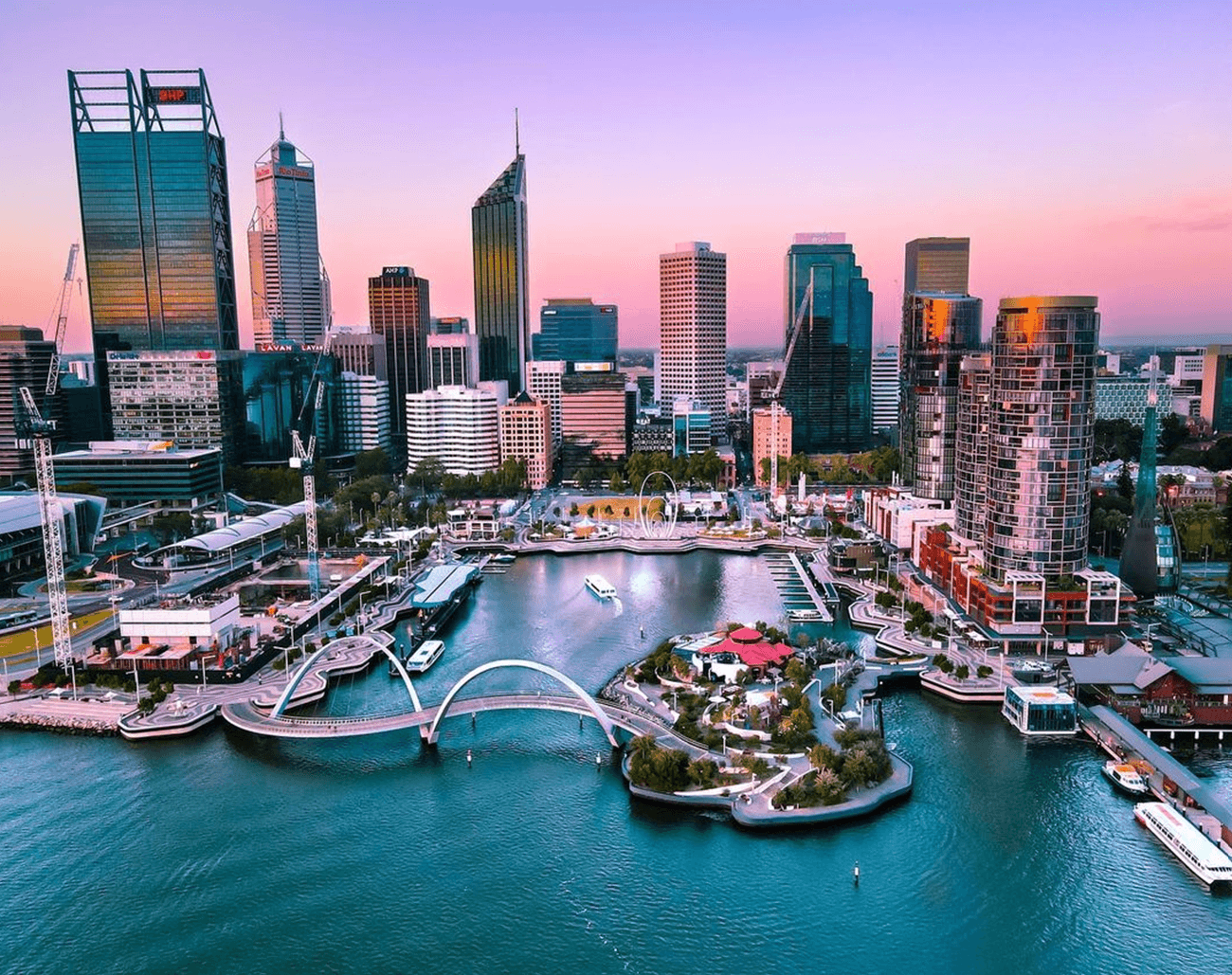
Program Status Update
The 2021-22 Western Australia migration program remains open for new onshore nomination applications. Offshore applications remain currently closed due to Covid-19 restrictions.
The Australian Migration Bulletin will continue to update you regarding the Western Australia nomination migration program for offshore applications over the next monthly bulletins.
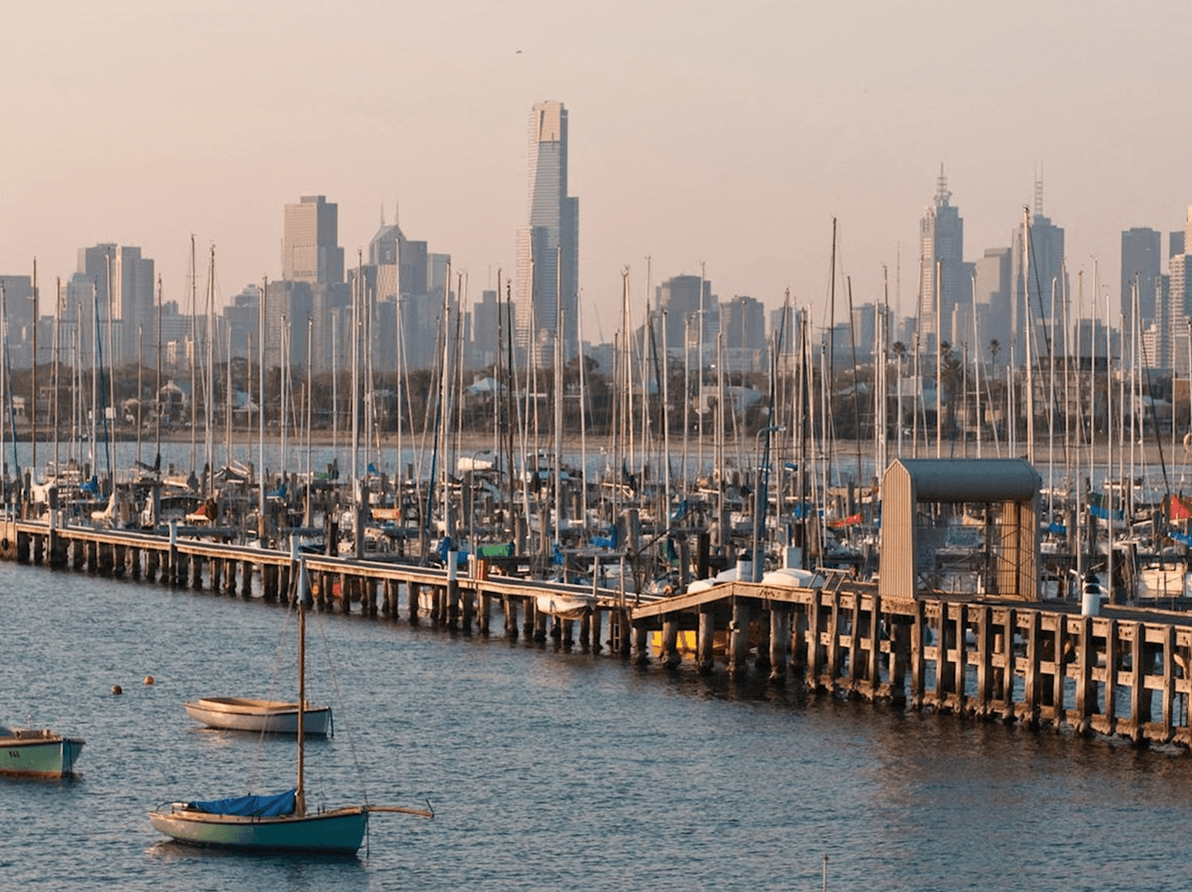
Program Status Update
The 2021-22 Victoria migration program remains open for onshore nomination applications. Offshore applications remain currently closed due to Covid-19 restrictions.
The Australian Migration Bulletin will continue to update you regarding the Victoria nomination migration program for offshore applications over the next monthly bulletins.
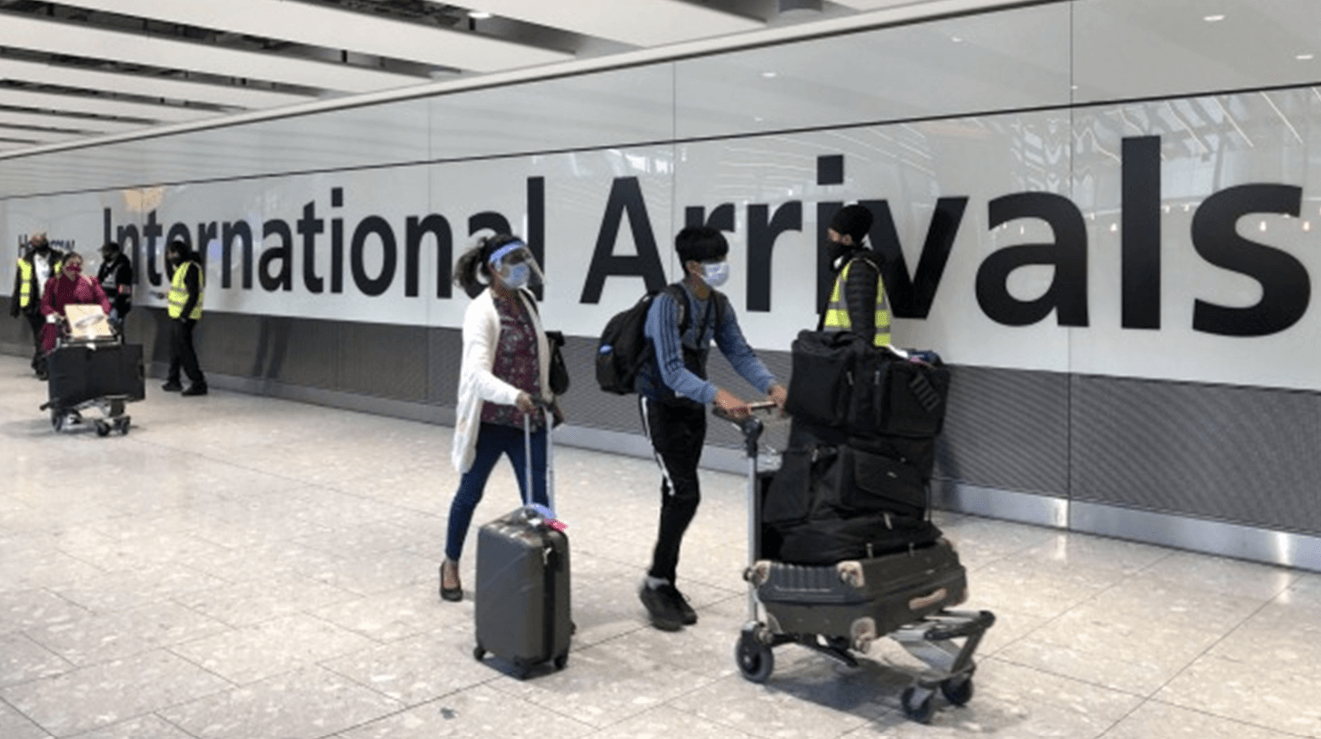
The Priority Migration Skilled Occupation List (PMSOL) identifies 44 occupations which fill critical skills needs to support Australia’s economic recovery from COVID-19. The list is based on expert advice from the National Skills Commission and consultation with Commonwealth departments.
Visa applications with an occupation on the PMSOL will be given priority processing. All other skilled occupation lists will remain active, but the PMSOL occupations will take priority.
The list is temporary and priority occupations may change as Australia recovers from the pandemic. The Government and the National Skills Commission will continue to monitor the impact of COVID-19 on the Australian labour market and assess Australia’s skills needs as they evolve and new sources of data emerge.
There has been no additional changes during the month of April 2022 to the Priority Migration Skilled Occupation List (PMSOL). Strengthened labour market testing will continue to allow numbers of sponsored skilled workers to migrate to Australia to fill urgent skills needs in critical sectors, helping to create Australian jobs and rebuild Australia’s economy.
This bulletin segment will be updated with the most up-to-date list when priority occupations change.
As of 1st May 2022 , 44 occupations remain on the PMSOL including (ANZSCO codes):
Those who are not fully vaccinated are still required to obtain a travel exemption and will be subject to the relevant state and territory quarantine requirements. Unvaccinated travellers must enter hotel quarantine for 7 to 14 days, depending on their state of arrival.
Please see the list of vaccines that are recognised by the Australian government for travel purposes here. Fully vaccinated visa holders should also check Australia’s travel requirements prior to departure.
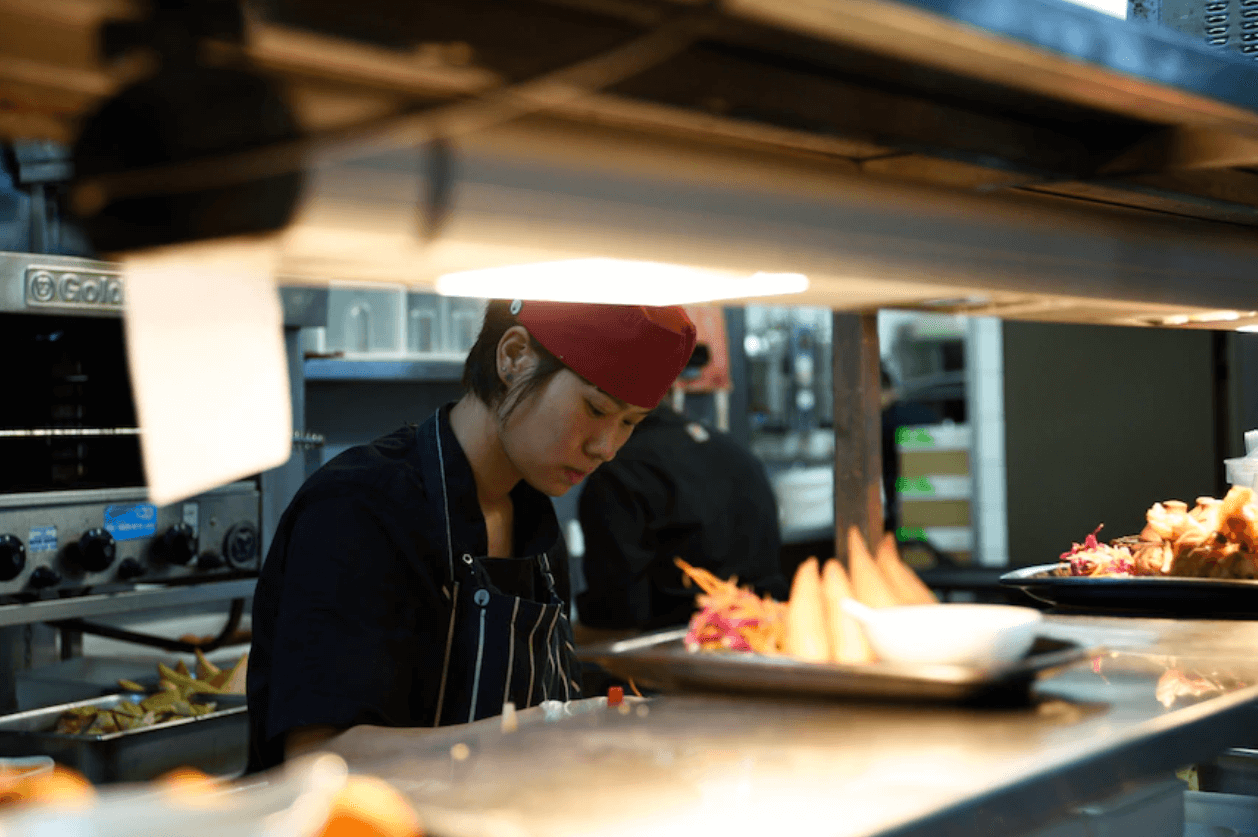
Maria Zia is a vocational education trainer for international students in Brisbane and says her business, like many across the country, has been crippled by the halt to immigration during the pandemic.
“In March [2020], when we went into lockdown, we stopped receiving students from overseas … we had to lay off some staff,” she said.
“I had a class of 60 that dropped down to six students.
“Because of a lack of international students, a lot of further industries got affected, mainly hospitality and tourism.”
While borders have reopened and international students and workers can apply for visas to Australia, a backlog of applications has put further delays on the approval process.
“Since they have opened the borders, everything seems smooth, but that’s not reality,” Ms Zia said.
Ms Zia wants to see the government’s visa approval process sped up because “we need skilled workers right now”.
The single biggest problem currently faced by small businesses is worker shortages, Alexi Boyd, CEO of the Council of Small Business Organisations Australia (COSBOA), said.
“It’s an extreme situation for small businesses,” Ms Boyd said.
While COSBOA has commended many of the structural reforms announced in last week’s federal budget, Ms Boyd said it lacked immediate measures to address labour shortages.
“Migrants are the backbone of the small business economy,” Ms Boyd said.
“There’s a number of industries and a number of our members who have been calling for years now to have the skilled migration list increased for their particular industry.”
“The Morrison government’s migration program will focus on skilled migration, with a return to a pre-pandemic composition of roughly two-thirds/one-third across the skill and family streams,” Immigration Minister Alex Hawke said.
Ms Boyd said there needed to be more investment in resources for speeding up visa processing and simplifying the process for hiring a skilled worker from overseas.
“We’ve got people who are in the process of having their visas sorted out; we’d like to see that happen faster. That’s something all industries are calling for,” she said.
A spokesperson for the Department of Home Affairs said the 2022-23 migration program would focus on addressing critical skill shortages and the increase in places would help reduce the number of pending applications.
Australian Industry Group CEO Innes Willox said a restored focus on skilled migration was welcome, but it would not be enough to fill the labour and skill shortages.
“Business in particular will be hoping that this number can be raised as quickly as possible,” Mr Willox said in a statement.
The government has acknowledged the importance of migration to address workforce shortages and jump-start the economy after pandemic border closures.
However, a backlog in visa processing has been blamed for figures remaining at 2020-21 levels.
Gabriela D’Souza, senior economist at the Committee for Economic Development of Australia, said the government had a lot of catching up to do.
“About 54 per cent of their staff that were usually approving visas were redirected into approving travel exemptions, or reviewing travel exemptions, so that clearly has left a bit of a capability issue,” she said.
“I think a lot of people kind of assume that we flick the switch on migration and everything can go back to normal, but in reality people still need visas to enter, and those visas would need to be approved by the department and it’s just not happening that quickly.”
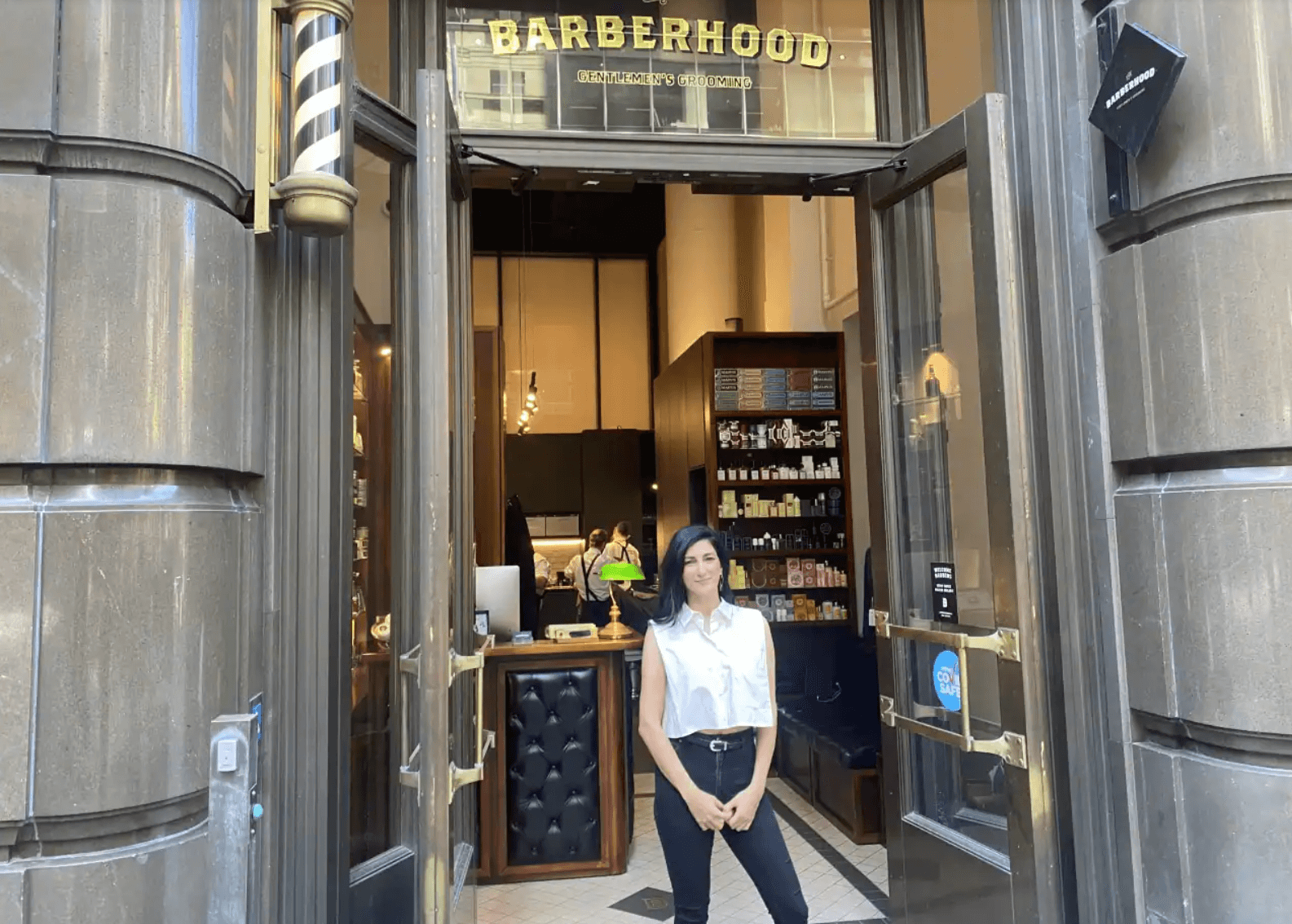
Australian business owners are calling for urgent help to address extreme worker shortages including easier visa pathways to permanent residency.
As office workers steadily return to Sydney’s CBD, Renee Baltov’s barbershop in Martin Place is finally seeing a boom in customers.
But like many small business owners around Australia, Ms Baltov is faced with ongoing staff shortages and fears her dreams of expansion — she has a second shop nearby and is considering opening a third — may have to be put on hold.
“Currently we employ 15 people, which is half of what we used to employ before the pandemic,” she says.
“I’ve had a job ad running consistently for three years and I’ve had hardly any applicants.”
Since opening her first Barberhood store in 2015, Ms Baltov has sponsored 11 workers from overseas on temporary skill shortage visas to help fill the gap.
“We want to grow Australian talent and we employ Australian apprentices, but also overseas staff bring something different to our business as well, so it’s great to have a mix of both Australian talent and overseas talent.”
Ms Baltov says she lost five skilled workers last year, who returned overseas due to Australia’s prolonged border closure and lockdowns during the COVID-19 pandemic.
Despite the international borders re-opening in November, many skilled migrants are yet to return.
New figures from the Department of Home Affairs showed just 23,000 Temporary Skill Shortage visa holders have arrived in Australia over the past five months.
“I knew there would be a slow take-up of people coming back to Australia, but I didn’t expect it to be this slow. Right now I’m hiring for three positions and we’ve had no Australians apply and no migrant workers apply either, so it’s been pretty tough,” Ms Baltov says.
As job vacancies across the nation reach record highs — there were 423,500 unfilled positions according to the latest Australian Bureau of Statistics figures, an increase of 6.9 per cent since November — business leaders are sounding the alarm.
Australian Industry Group CEO Innes Willox says almost every industry is under pressure.
“It’s very clear we just don’t have the people here that we need to fill the jobs that we have,” he says.
“Our economy is continuing to grow and while we’ve had closed borders it means jobs are going begging at the moment.
“Employers are finding it very hard to run their businesses and to keep up without the labour and the skills that they need.”
Mr Willox is backing calls for a simpler and speedier skilled visa application process to help ease worker shortages.
“We need to find a way to streamline that process and not make it so expensive as well.”
Alexi Boyd, CEO of the Council of Small Business Organisations Australia, says a shortage of skilled labour means many businesses can not expand or innovate.
“Small businesses are expected to accelerate, to grow the economy and to get back on their feet quickly but we simply can’t do that without the workers,” she says.
“What’s going to happen is small businesses will contract, they’ll restrict their hours and they’ll restrict the number of products and services they offer.”
“Skilled occupation lists will be updated in early 2022-23 to reflect changes in Australia’s labour market, based on advice from the National Skills Commission. The Temporary Skills Shortage (TSS) visa is underpinned by these targeted occupation lists that are responsive to genuine needs and have a sharper labour market focus.”
Shadow Home Affairs Minister Kristina Keneally said temporary migrants are often able to apply for permanent status.
“The re-opening of the borders gives Australia an opportunity to support permanent migration and invest in skills and jobs for Australians.”

PwC Australia has disclosed its pay ranges for staff for the 2023 financial year in an unprecedented move for the advisory sector that will establish benchmark salary ranges for the major consulting firms.
The firm’s leaders disclosed the pay bands to staff at a firm-wide meeting as part of a broad-ranging plan to ensure PwC is best positioned to hire and retain staff in the current competitive job market.
The pay bands, which include superannuation but not bonuses, range from $55,600 to $120,000 for associates, the most junior rank, and from $164,300 to $362,000 for directors, the most senior non-partner rank. Staff will also be given access to an internal ‘Incentive Estimator’ calculator to work out what their bonus is likely to be within each salary band.
“Today’s release of information leads the market on transparency and is in direct response to our people asking us to be more open on our approach to pay,” chief executive Tom Seymour said.
“We’re sharing our FY23 firm-wide pay bands, based on industry data, and providing our people with transparency on how their fixed and variable pay is determined. This will help our people to understand where they sit now and what their pay trajectory is in the future, helping them to see the full range of possibilities throughout their career.”
The move stems from internal research done by the firm last year in which staff nominated pay as their most valued reward, followed by career progression and professional development.
Publishing the pay rates is part of a broader revamp of the way PwC rewards staff. In mid-2021, the firm announced that it would increase the staff pay at a faster rate between formal promotions and double to 80 per cent the proportion of staff who can earn bonuses.
The firm now also offers other non-monetary benefits to staff, including a program where those with working rights can operate remotely from eight different countries, including India and Malaysia, for up to eight weeks.
The PwC pay data is broken down by division, with a financial advisory associate able to earn the most at that rank, while consultants had the highest maximum pay rate at the director level. The pay bands refer to what a staff member will earn next financial year, with the actual pay rate within the band depending on an individual’s skills, seniority and performance.
PwC’s move will put pressure on rivals to make similar disclosures. Dorothy Hisgrove, KPMG’s national managing partner for people and inclusion, said the firm was working towards greater transparency for staff also. “At KPMG, we’ve had disclosure among partners on partner remuneration for many years now. And this year, have shared salary ranges with new graduates. Currently, we’re planning on expanding the practice already under way in Management Consulting, in working towards greater pay transparency to our people,” Ms Hisgrove said.
The other firms did not respond to the request. In the short term, PwC’s salary bands will become a de facto benchmark for rival consulting firms and for clients looking to poach advisers.
PwC calculated the staff pay bands using market data for 55 professional services firms and 1000 other organisations.
The firm has also revealed that partners have targeted income of between $340,000 and $3.7 million this financial year. The actual figure is determined by the firm and the individual partner’s performance and calculated at the end of the financial year.
That disclosure comes revelations that target pay for the firm’s partners in 2019 ranged between $380,000 for junior partners to $3.9 million for the most senior partners.
“Of course, also revealing what our partners can earn is an important part of being open and transparent which is why the firm has decided to release this key information both to our people and to the market,” Mr Seymour said.
“PwC prides itself on recruiting and retaining the best talent. Our move toward open and transparent pay bands recognises the commitment to our people – and in this competitive jobs market, we know transparency is key to attracting top talent and improving trust, morale and engagement.”
Mr Seymour said there were variations in pay across businesses, given the different skills required, and across some geographies.
“The overlaps between grades are a result of varying needs of each business for particular capabilities, varying levels of experience, competency and responsibility within the same grades, and differences according to location which take into account cost of living and supply and demand of talent in local markets,” he said.
“We want to have competitive starting salaries at all grades and for that to concertina up effectively as our people develop experience in their roles, build out their skill sets and capabilities and take on new and exciting challenges. Our new pay bands are deliberately broad to give our businesses the ability to flex up in response to market changes.
“In sharing our new pay bands publicly we hope to continue to demonstrate our commitment to transparency and to attracting and retaining the best people in the market by ensuring our reward strategy is the best in the industry.”
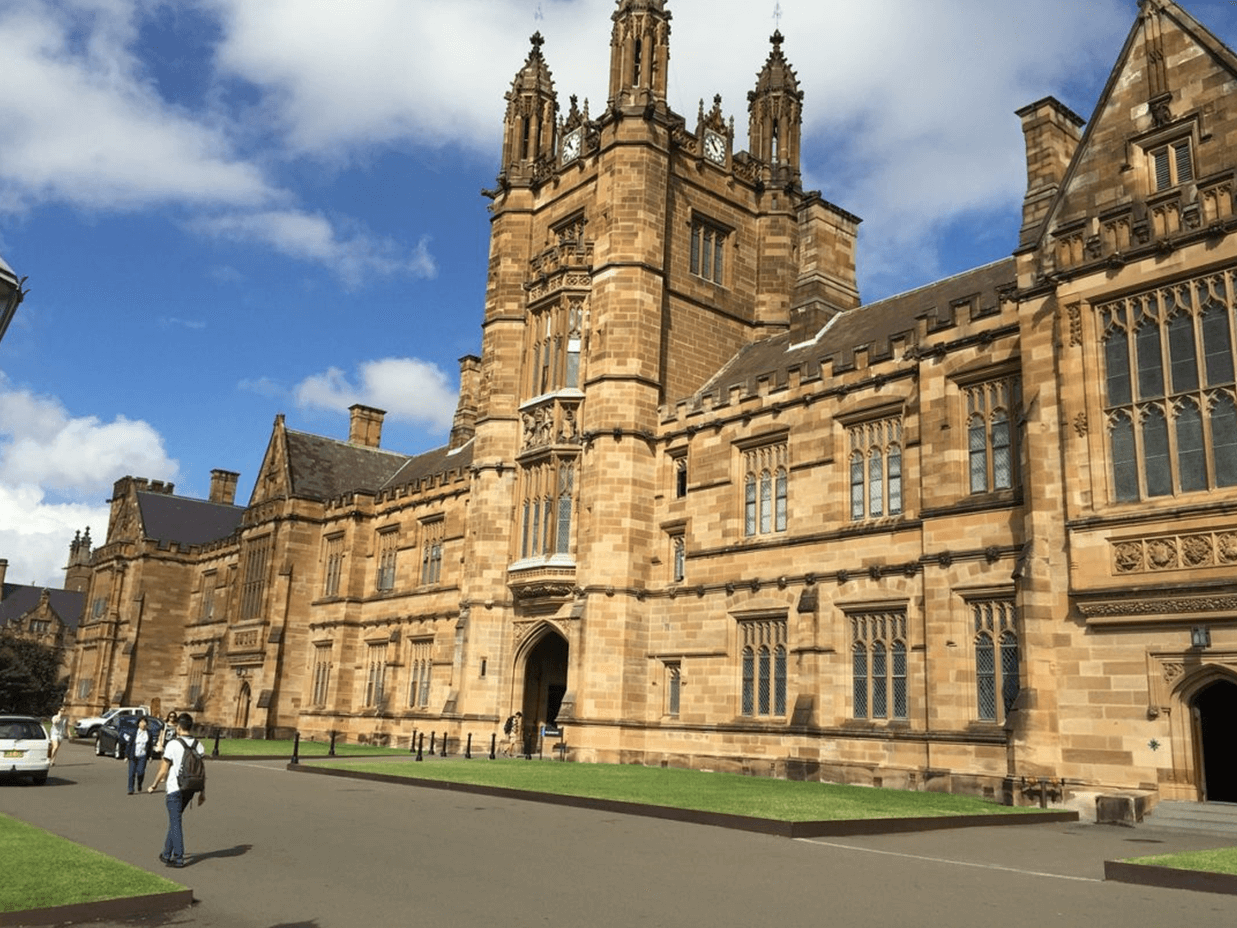
The year 2022 opened with new hopes for students aspiring to pursue their education in Australia, as the country warmly welcomes international students to their respective campuses. Since the opening of its borders, 56,000 international students have already arrived in Australia.
In his welcome call, Australian Prime Minister Scott Morrison said that the country is lifting travel restrictions to welcome international students and travellers and revising various visa, work rights, and student support policies to provide them with an easy and comfortable stay.
He said, “The return of skilled workers and international students to Australia will further cement our economic recovery, providing the valuable workers our economy needs and supporting our important education sector.”
This welcoming support of Australia makes it one of the top destinations to study, work and settle. Besides, being home to 7 of the top 100 institutions (as per QS World University Rankings) and 7 of the most liveable cities worldwide adds to its value and testifies for its education system and quality of life.
Australian universities have always been recommended for all levels of education, including vocational education and training (VET), both in undergraduate and postgraduate studies. The country is famous among international students for the specialisations offered in Accountancy, Actuarial Science, Agricultural Sciences, Architecture, Allied Health Services, Computer Science and Information Technology, Engineering Management, Teaching, Tourism and Hospitality Management and many more. One of the most appealing aspects of Australia for students is the emphasis on scientific research. Australia is at the forefront of new technology and innovations and offers courses in emerging spaces like the ‘Internet of Things’ or ‘ Artificial Intelligence’. Besides education, the country is also sought-after by international students for its open, transparent and easy accessibility of employment opportunities.
The country, which is accommodating and protective towards international students, is also known for offering excellent post-study work opportunities of up to 6 years. It allows international students to avail invaluable global exposure, which enriches their professional and personal lives. The country’s recent unfurling of new 485 post-study work stream visas, providing students with extended post-study work rights across different regions, speaks volumes about the nation’s consideration towards international students.
Australia is one of the few nations which has always valued skilled personnel and treated its residents equally, irrespective of nationality. With the pandemic having a significant impact on all the industries, the country is looking for skilled workers – both national and international. Hence to attract the best minds worldwide, the country has revisited its Post-Study Work Permit (PSWP). As per the recent PSWP norms, the Australian Government has increased the stay period for international students based on the duration of their course and region. Australia now offers up to four years of Post-Study Work (PSW) rights to international students post completion of their respective bachelor’s degrees. Postgraduate students enrolled in Master’s (Coursework or Research) degree are eligible for up to five years of Post-Study Work Rights.
International students who have recently graduated or completed their course program from an Australian institution can apply for a Temporary Graduate visa (subclass 485). The move will help them avail the benefits of working in one of the most advanced, progressive, and fast-paced nations. This visa process, which takes about 9 to 11 months, allows international students to work for a minimum of 2 to 5 years and gather a global perspective by stepping into the international job market. The Australian Government has also extended the stay time for vocational education and training (VET) field graduates to 2 years. The revised regulations also include visa application fee waivers for international students.
The country offers multiple employment opportunities in business, banking, construction, design, data sciences, engineering, health, hospitality, teaching, retail, supply chain jobs, creative industries and more. Also, the regional cities of Australia are a great place to study, work and live, given the lifestyle and facilities the country offers. While Melbourne, Brisbane and Sydney are already popular, cities like Perth, Adelaide, Gold Coast, Canberra are also gaining popularity among international students. The students nowadays consider applying for education and employment opportunities across Australia rather than competing in a concentrated space. This helps in creating a sustainable balance and utilisation of resources, resolving issues pertaining to the development and workforce shortages. It also generates more growth opportunities for everyone as well as every city rather than limiting development to certain few pockets. The country is promoting work opportunities all around the nation, and its new post-study work and job-related policies are benefiting international students in many ways.
Australia has engaged international students with its proactive educational, cultural, national, and institutional policies. The emergence of the hybrid learning system and multiple employment opportunities has created a conducive growth environment for international students. Hence, it is the right time for students to gear up their efforts towards fulfilling their dream of studying and working in Australia.
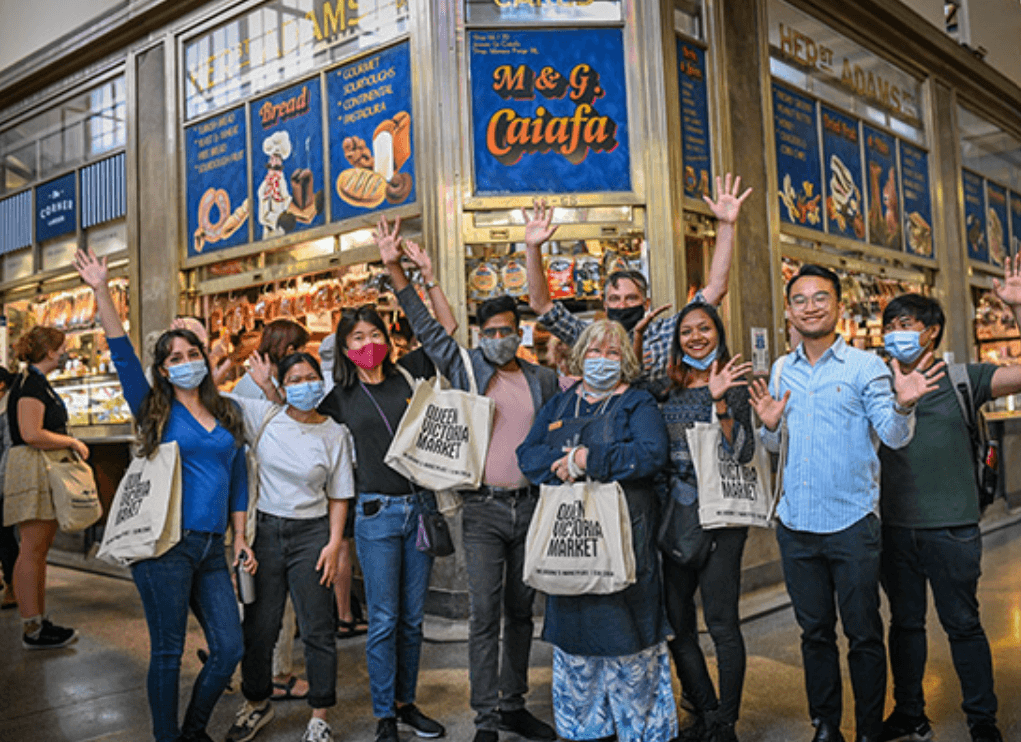
After nearly two years of Australia’s borders being shut, overseas students are steadily returning to the CBD.
And to celebrate their arrival, the City of Melbourne hosted a “foodie tour” at the Queen Victoria Market where international students discovered a true taste of the iconic venue.
Last month, a group of students joined Lord Mayor Sally Capp as they wandered through the market’s food halls while stopping to greet traders along the way.
They indulged in the market’s delicious food – from trying different cheeses, appetisers, and antipasto, which was rounded off with a free gelato from Geloso Gelateria.
The council’s education and innovation portfolio lead Cr Davydd Griffiths also joined the celebratory tour where happy snaps with excited students were aplenty.
Karen Adrianharison, who arrived in Melbourne four years ago from Madagascar and completed a Bachelor of Commerce last December, said the day “definitely brought a lot of people together.”
“I met a lot of international students that day. I was impressed the Lord Mayor was there, we had a little chat together.”
Another student Jayden Chenglong of China said the food tour was an “enjoyable experience.”
“As a student I can learn more about the food culture in Melbourne,” the 21-year-old said, who is currently in his final year of studying a Bachelor of Arts at the University of Melbourne.
“I made great connections with other international students. It was one of the most memorable experiences.”
Tarzon Budhathoki, who recently completed a Bachelor of Telecommunications/Engineering and now helps international students gain employment, said the opportunity to network with other students and councillors was highly beneficial.
“Getting an opportunity to meet our honourable Lord Mayor and councillors and have a conversation was amazing,” he said.
Mr Budhathoki said he had a podcast called Top Tip with Tarzon in which his mission was to help international students and graduates “land a professional role easily through branding and networking.”
The City of Melbourne has been at a loss without its international students, but thanks to the easing of restrictions a host of international students are continuing to return.
The number of students has already increased by more than 16,000 in the past two months, but according to Cr Griffiths there is still more to be done to entice students back.
“Despite a steady return over the past few weeks, the number of international students in Victoria is still down by 44 per cent compared to March 2020,” he said.
“By offering a fantastic student experience, we can enhance and protect Melbourne’s reputation as a global education hub and drive students back to the city.”
The foodie tour is one of many activities and initiatives being offered by the City of Melbourne to allow international students to “feel the breadth of the Melbourne experience”.
Other measures include employment and mentoring programs as well as wellness outreach programs for mental, physical, and financial health.
Conversation clubs and language classes at city libraries and collaborations with Study Melbourne educational institutions and student groups will also be offered.
Programs at The Couch International Student Centre on Bourke St will also resume, and other various activities are in the works to help encourage students to experience the city around where they study.
“Our international students are a huge part of what makes Melbourne such a great place, and we want to do everything we can to ensure their time here is overwhelmingly positive,” the Lord Mayor said.
“They are valued and contribute a breadth of experience and knowledge to the fabric of our community.”

Charles Leclerc wins the Australian Grand Prix for Ferrari. Melbourne, Victoria. April 2022

Tyler Wright and Filipe Toledo win the Rip Curl Pro. Bells Beach, Victoria. April 2022

The Birdsville Races (dubbed as the Melbourne Cup of the Outback) kicks off, celebrating 140 years of outback racing! Birdsville, Queensland. April 2022

Surfers compete at the Steel City Surf Classic team surf event in memorial of local Ty Delaney. Thirroul Beach, NSW. April 2022

Country fun at the Tamworth Country Music Festival (rated in the top 10 in the world)! Tamworth, NSW. April 2022
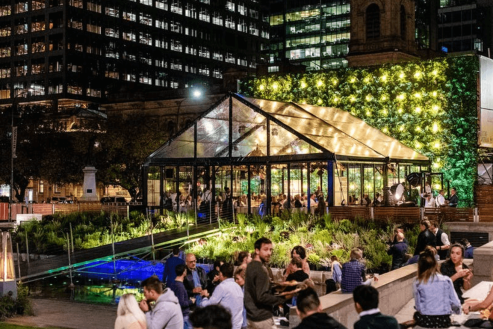
Friends and family gather at the ‘Tasting Australia Festival’ to feed their curiosity with food and beverages created by world-class chefs! Adelaide, South Australia. April 2022

Good times with picnic rugs, live music and market stalls among a spectacular balloon glow! Northam, Western Australia. April 2022

Wine poured straight from the winemaker and produce direct from the producer… the ‘Grampians Grape Escape – Wine, Food and Music Festival’ brings in a crowd! Halls Gap, Victoria. April 2022
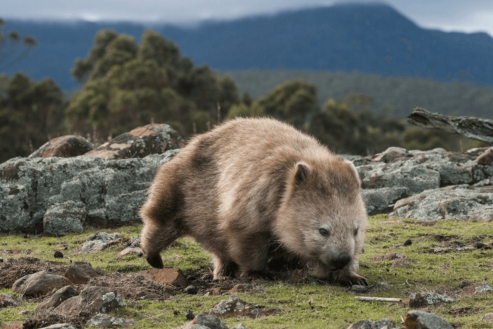

Crocodile encounters at Crocosaurus Cove, Darwin, Northern Territory. April 2022
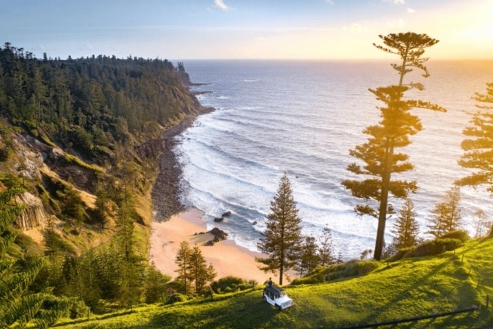
Sunrise at magical Anson Bay, Norfolk Island, New South Wales. April 2022
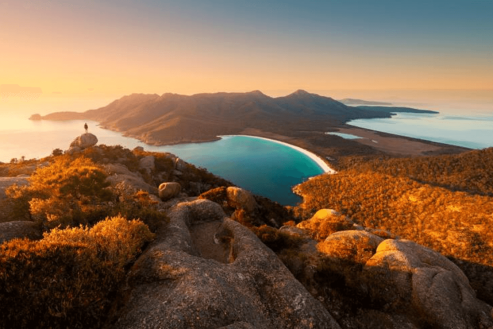
On top of the world at Wineglass Bay, Freycinet National Park, Tasmania. April 2022
As legislation and travel requirements are constantly changing, we strongly recommend obtaining advice on your individual situation from a Registered Migration Agent. Please click here to book a consultation with one of our Registered Australian Migration Agents, located in Australia.






You can manage your membership and billing method by clicking here
Terms of Service
Privacy Policy
Copyright © 2025 Office of Immigration Australia, a private company registered in Australia. All Rights Reserved.